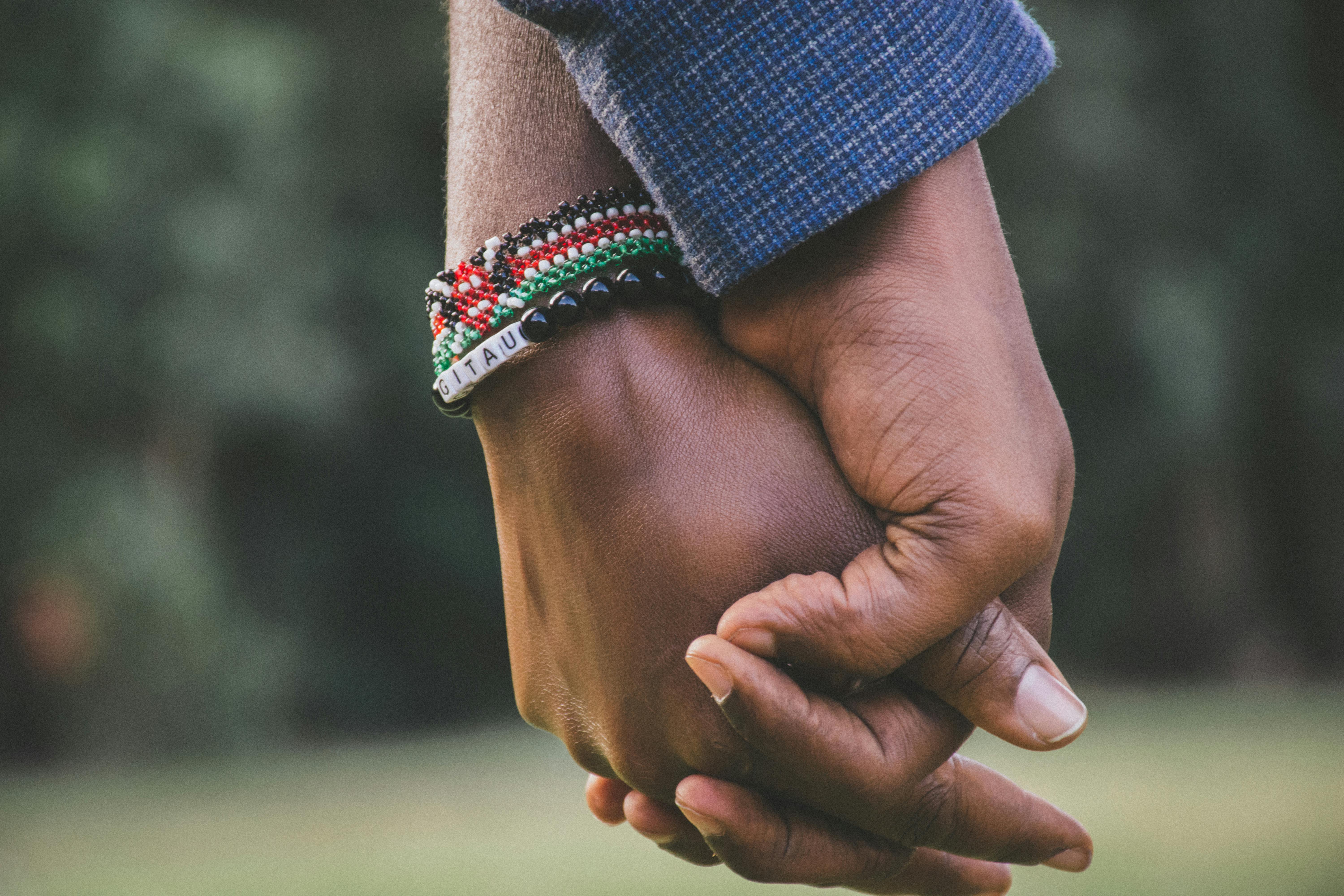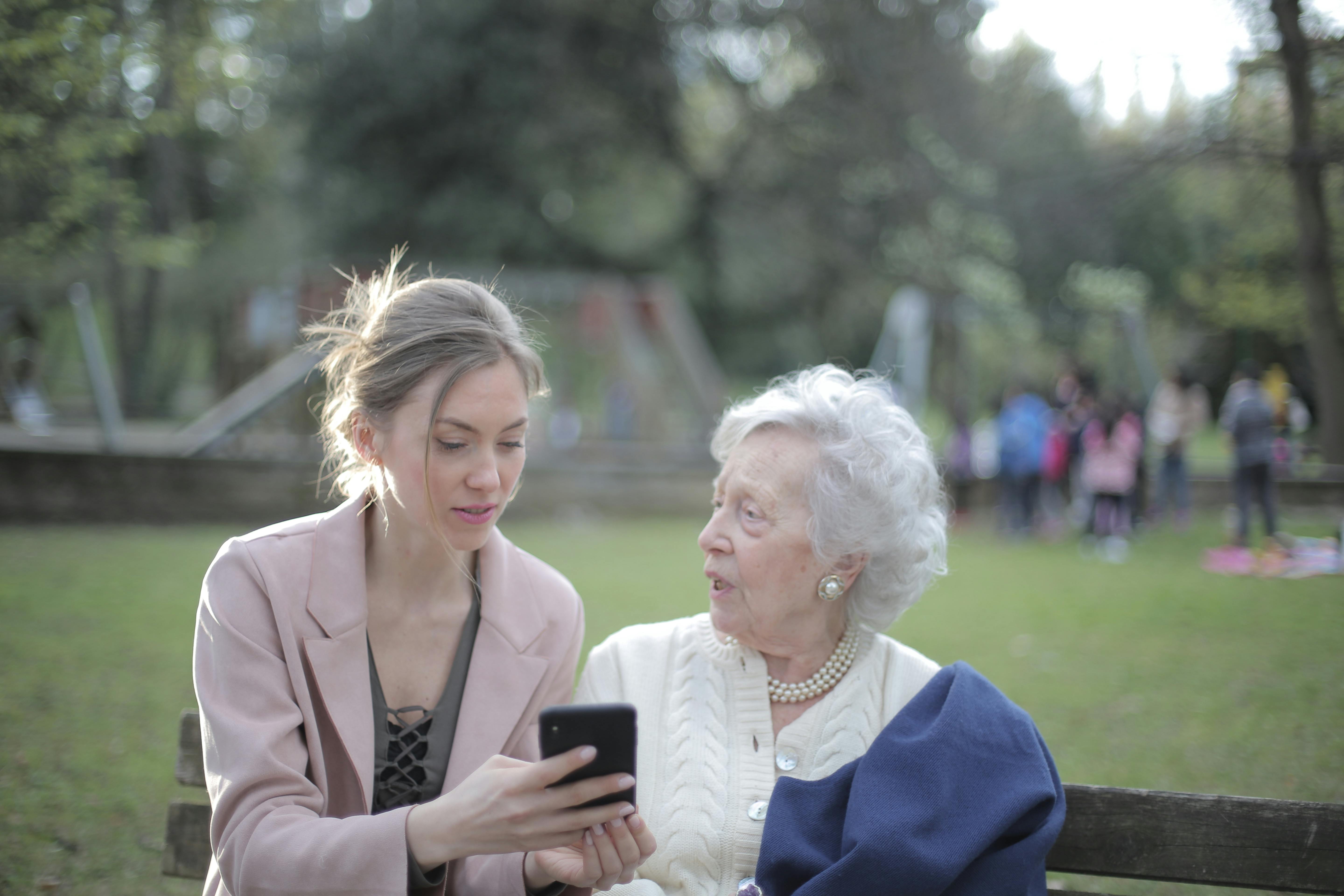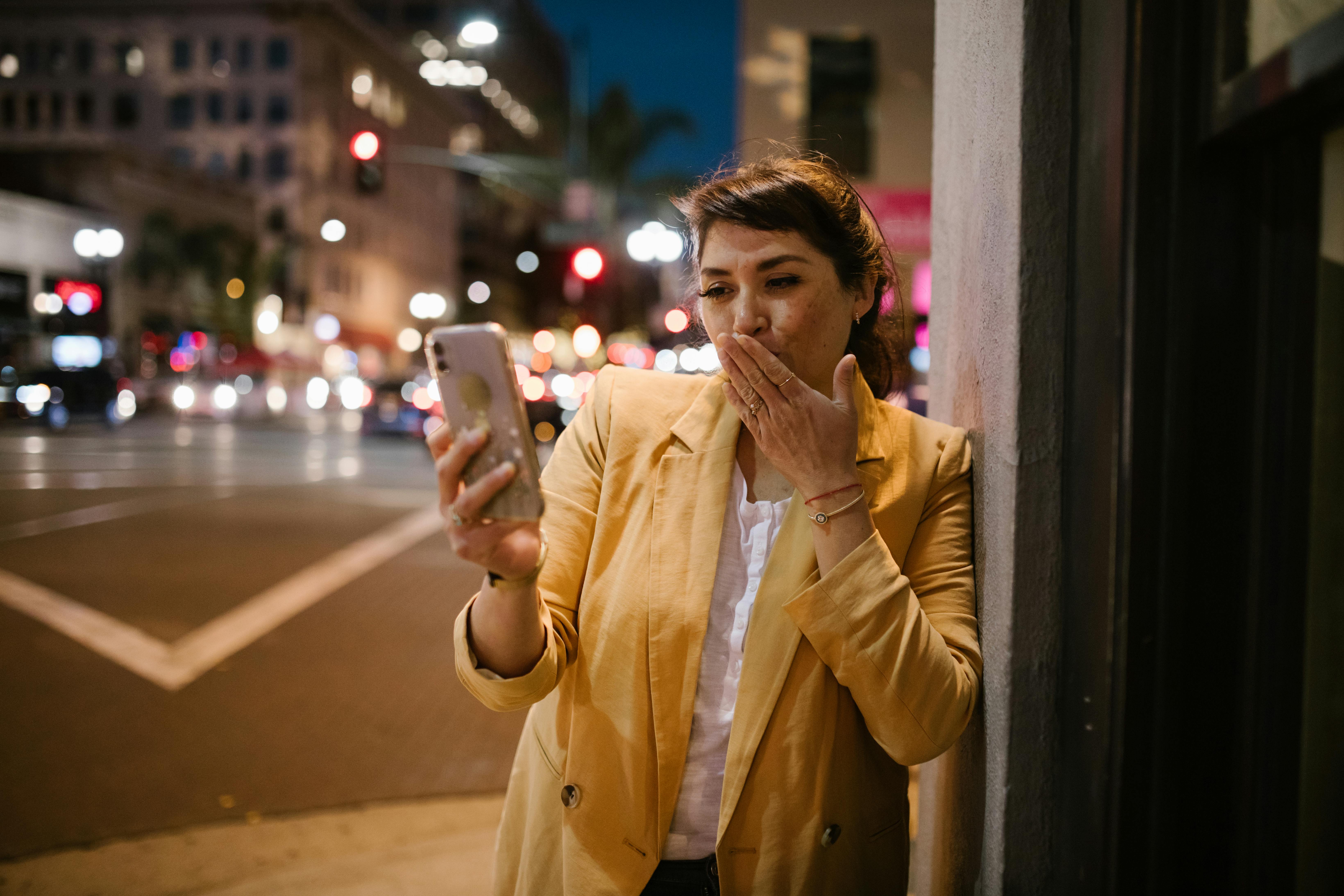The unexpected crossing from Pakistan had been pretty rough as the rubbing on my rig indicated. I knew it was the wrong time of year, but having traded for all the goods that could be safely stowed, my only thought was to leave Karachi’s teenage thieves and pickpockets in my wake. Now, the seas have finally settled and become much less violent. Sailing full sail on the old lady and she was doing 8 knots. The dolphins and the sea were my only company. Now, he would sleep with one eye open for a few minutes while nothing flickered on the radar screen. Thoughts of noteworthy medical cases, foreign lands, and sailing were intertwined in my dreams.
When I was 87.3 nautical miles off the east coast of Africa, I received a satellite call. An old acquaintance told me in a very anxious tone of voice that he had tried calling many times and was now desperate to talk to me about a perplexing medical problem. Satellite phone dead… No bars… I went to climb the mast hoping to get a signal. The 5 foot swells and the constant rocking throws me like a rag doll. I forgot my safety leash in the rush. Going up had never improved a signal before, it finally hit me, why should I do it now? An unplugged Direct TV satellite dish at the top of my mast would improve my reception just as much. I came back battered and bruised to ponder my friend’s dilemma.
This was all very out of character, to say the least, for the man who once helped me treat some of the strangest foods and diseases in all of Africa. Maybe it involved him or a family member, causing you to lose perspective. No…he was always objective and very professional, hiding the tears that he constantly wanted to shed. He was stumped. Finally, at 1:27 p.m. I contacted him to arrange a meeting!
While waiting for my friend from Magongo to arrive, I sat in a dark open bar in Old Town, Mombasa. The sitting sun was huge as dust particles inland refracted and magnified the red-orange hues over Kilindini Harbour. Dirty ceiling fans turned slowly, circulating dust that could be seen through the shafts of light. You could feel yourself breathing in the humidity and sand. All was quiet except for the occasional popping of a bottle, the swirling of fans, the sound of wood hitting the floor, and music. In a candlelit corner, an old man in a worn and tattered sarong danced to the music of Luo Ben with a one-legged lady who could still turn and curtsy on her single crutch and peg.
My nervous colleague arrived in a tuk-tuk after taking the matatu bus to the Old Harbor roundabout. He seemed very frustrated. We exchanged formalities and I escorted him to the stool next to mine. I urged him to tell me about the source of his anxiety. He went bug-eyed once he sat down next to me, and it took several Mojos to calm him down.
Apparently, on the same stool he was now sitting on, a well-dressed man came in and began talking to him about local poaching problems, of which there were many. The conversation went on for several hours. The man continued to elaborate on various topics of national and international interest. As he drank another beer and changed the subject to the recent assignments of ivory wood and iron he dropped his little finger without the gentleman noticing. My friend jumped at this point in our conversation and pointed to the bar saying, “Yeah. Right there where you’re sitting, he dropped his finger!” Sitting back down, my friend said the man walked away undaunted and now left one of his toes on the hardwood floor. My friend started drawing his attention to the fact that not only had he left his toe in the bar, but now he was gone and left his toe too! He, however, was too stunned at this point to comment.
My dear and bewildered friend asked me what my opinion was about this tragic event. To assuage his fears, I suggested that he (my friend) might have had an acute psychotic episode requiring immediate neuroleptic medication, confinement to a nearby ward, and intensive psychiatric counseling. That didn’t help of course!
Well… I said, “Did he have some kind of rash?” “Actually, yes, he had pale, discolored patches and bumps on his hands and I also noticed it on the bottoms of his feet when he crossed his legs.” “He also had trouble seeing and kept sobbing.” Disconcerting, I thought. I asked, “You certainly wouldn’t have mentioned the fact that he was impotent during your conversation about poaching, would you?” “Well…he did, but only in comparison to the infertile white rhino.” “Did you keep dropping the glass?” “Yeah, how did you know that?”
“From what you tell me, and since he was an African male with vision loss and digital loss, impotence, and a discolored rash, he obviously had a Mycobacterium leprae bacterial infection.” I said. My friend pondered the statement for a while, but was finally relieved with my thoughtful diagnosis of leprosy and the assurance that he was not in danger of infection or, more importantly, impotence.
We then moved to a couple of wicker chairs at a torch-lit corner table and proceeded to drink tea and talk in Swahili with the locals. I have to admit that he may not have fully believed me because he kept counting his fingers and toes the rest of the night.
Leprosy or Hanson’s disease
The oldest known writing on this bacterial infection is found in Egypt in approximately 1500 BC. It is also mentioned many times in the Bible. Throughout history it has carried a certain stigma with it. Often the patients were isolated as tuberculosis patients were and this is still the case in some countries. In other cultures, they were forced to wear certain colored clothes and ring bells when they went down the street so that people could avoid them. All kinds of causes were postulated for their condition and misery. Sorcery, family curses, punishments for past events, etc… were just a few. Unfortunately, the victims of this condition suffered tremendous psychiatric and emotional damage due to its denunciation by society.
Leprosy is an infection that mainly attacks the peripheral nervous system, that is, not the brain or spinal cord. It can cause numbness in the hands and feet, as well as weakness, often resulting in a limp wrist or foot. With repeated trauma to these areas, fingers and toes can fall off, without those affected knowing it. Usually there are small or flat discolored rashes on the affected areas, chronic cough due to involvement of the mucous membrane, and sometimes loss of vision.
The usual age of onset is 20 to 30 years and is most common in Africa, India, Nepal, and Latin America. Cases are not unheard of in the United States, but these are often recent immigrants.
As far as we know now, you cannot get this infection by casual contact or by touching the lesions. It is usually due to close contact with infected respiratory secretions or mucus over a period of months or even years. Other sources or carriers are thought to be infected soil, armadillos, and possibly mosquitoes and bedbugs. From the time of infection to the time of onset of symptoms usually takes between 1 and 7 years.
The diagnosis is based on the present symptoms, the type of lesions, the affected areas and the microscopic examination of the lesions. These bacteria cannot be diagnosed by blood tests or cultures.
Treatment mainly consists of the use of dual therapy with a combination of dapsone and rifampicin for long periods of time, if not for life. Other pharmaceutical therapy is available.
So… If you’re going to sail to Mombasa soon to see the biggest sun you’ve ever seen… please take note of the number of digits you have before and after.










